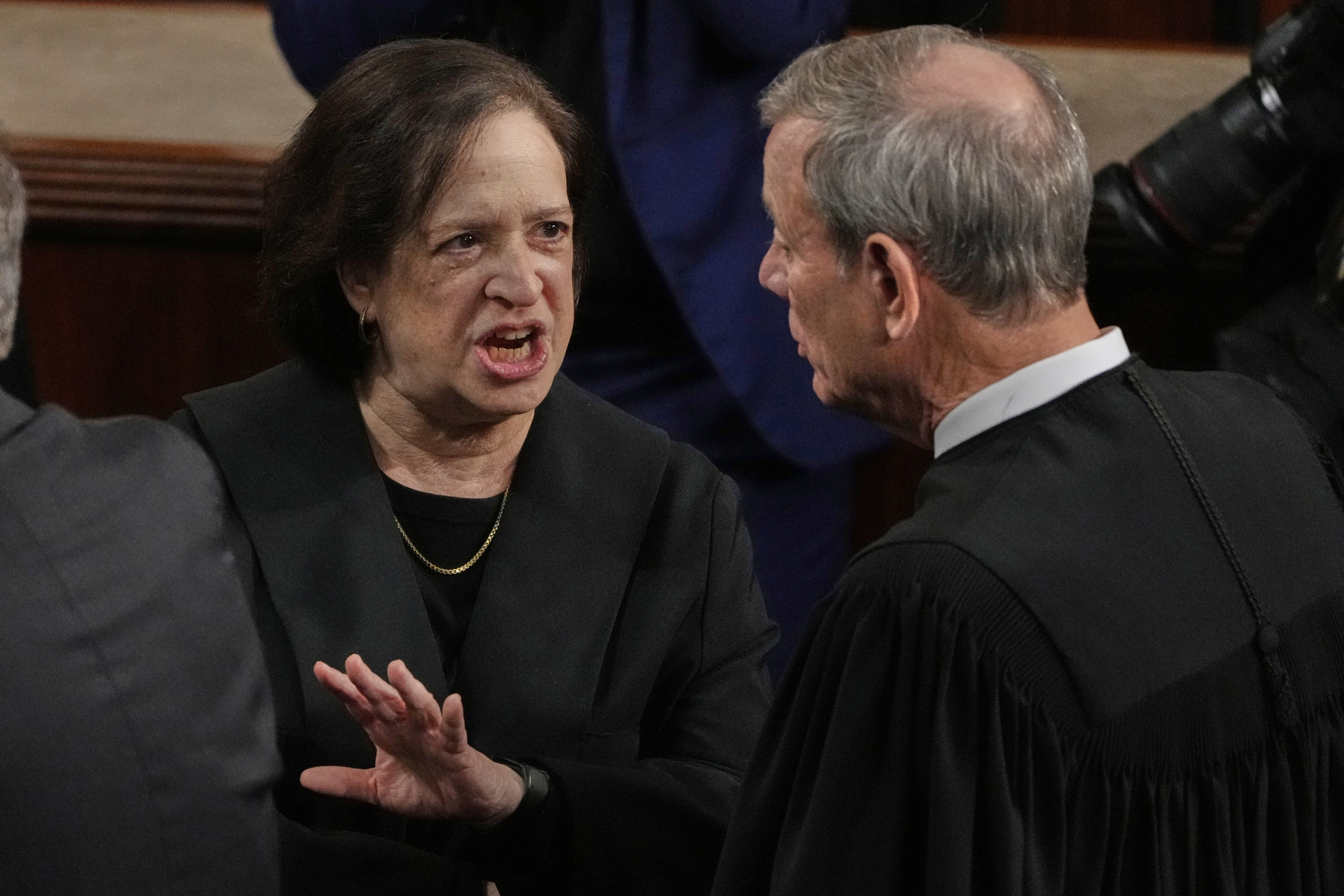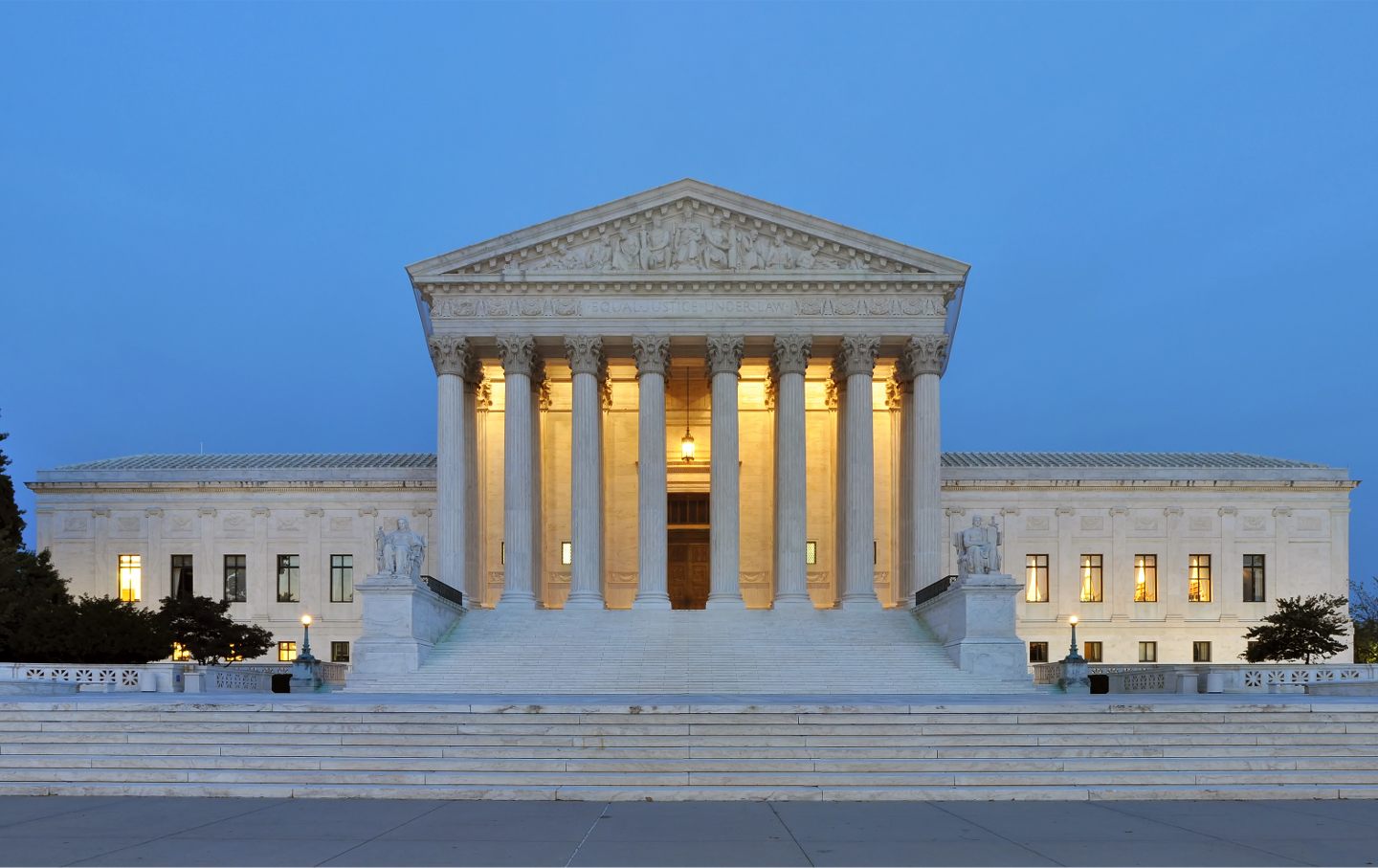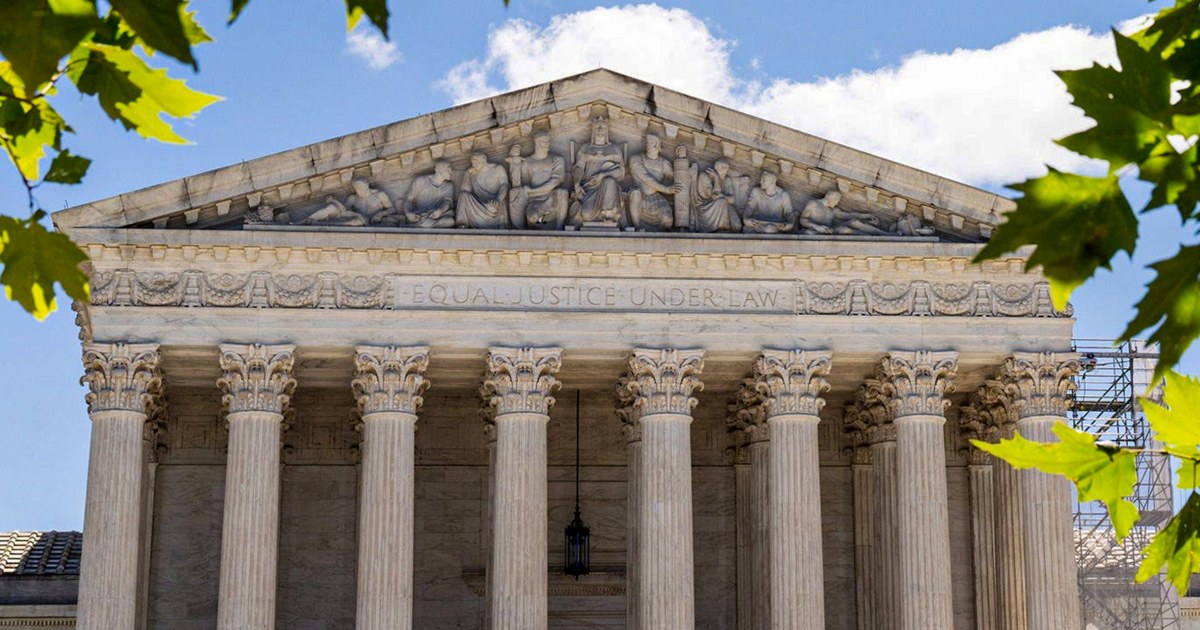An executive order (EO) signed by President Trump on Thursday (Aug. 28) — just before millions of Americans began their Labor Day holiday weekend — removes NASA employees from federal labor-management protections, eliminating collective bargaining rights for the space agency’s civil servants under the justification of national security.
The order affects several thousand engineers, scientists and technicians across every NASA center, and strips away long-standing union rights that were emplaced to protect more than half the agency’s workforce. The move marks the largest rollback of labor protections for NASA’s employees in history.
The scope of the change is exemplified by the situation at NASA’s Goddard Space Flight Center in Maryland, where the Goddard Engineers, Scientists and Technicians Association (GESTA) now finds itself unable to legally represent employees amidst an onslaught of program cuts, facility closures and early resignations.
A new executive order
The president’s order amends EO 12171 and places NASA on the list of agencies excluded from Chapter 71 of Title 5, which governs federal employees’ rights to organize, bargain collectively, and negotiate workplace conditions. The new exclusion removes those rights for NASA civil servants nationwide on the grounds of the agency’s involvement with “intelligence, counterintelligence, investigative, or national security work.”
Other newly excluded agencies include the satellite and weather divisions of the U.S. National Oceanic and Atmospheric Administration (NOAA), parts of the U.S. Patent Office and the units in the Bureau of Reclamation associated with hydropower facilities.
“Presidents have in the past utilized that authority,” Mark Gaston Pearce told Space.com. Pearce was chairman of the National Labor Relations Board in the Obama administration (from 2011 to 2017). He is also the former executive director of, and is currently a senior advisor at, Georgetown University’s Workers’ Rights Institute.
“The question,” Pearce said, is “what constitutes a national security concern sufficient for the president to … exclude employees from their abilities to engage in collective bargaining?”
Normally, the Merit System Protection Board and the Federal Labor Relations Authority would serve as guardrails against what Pearce and other experts regard as presidential overreach. Pearce said those institutions have essentially been knee-capped by the removal of key members. “Both… have been put in a situation where they’re not able to act because of lack of quorum, and all done at the hands of this administration,” he said.
Pearce also served on the Federal Service Impasses Panel, which resolves disputes when unions and agencies are deadlocked. It has also been left vacant. “That impasse panel has not been replaced after the board was essentially asked to resign … Any kind of impasses over federal contracts that exist will not be addressed,” Pearce explained.
WIth enforcement capacity dismantled, the impact of President Trump‘s EO on existing collective bargaining agreements (CBAs) “cannot be reviewed or assessed by agencies whose charge it is from Congress to regulate these kinds of disputes,” Pearce said.
No more NASA unions
Roughly 53% of NASA’s workforce belonged to a bargaining unit prior to the order, according to NASA’s website. Now, thousands of employees across NASA centers have lost those protections overnight.
NASA officials are aware of the EO and are moving forward accordingly. “NASA is aware of this executive order issued on Aug. 28 regarding exclusions from the Federal Labor-Management relations program,” an official wrote to Space.com in an email on Friday (Aug. 29). “We are working to implement this and align with the President’s vision for our agency.”
The email included a link to a White House fact sheet on the order.
As of Friday afternoon, GESTA President Tryshanda Moton had not received any notice from NASA management regarding the order, she told Space.com in an email.
As a result of the order, existing good-faith CBAs can be nullified without cause, removing negotiated terms on things like office assignments, remote work and other on-the-job conditions. “The message is pretty clear: This administration does not believe that labor management relations should be in any respect bilateral,” Pearce said.
Affected federal employees are forbidden from going on strike, leaving them with few options beyond advocacy and long, uncertain litigation.
“There will probably be causes of actions that can be pursued, but the practical nature of these circumstances is such that these employees will need to continue to keep working,” Pearce said. “Funding these lawsuits are not a simple matter, and even if that is achievable, the time that would be taken for all of this to take place will be so long in the future that the immediate harm suffered could be insurmountable for many of the employees.”
GESTA is affiliated with NASA’s International Federation of Professional and Technical Engineers, representing engineers, scientists and technicians at Goddard. It is one of 10 collective bargaining agreements across NASA, all of which are now at risk.
Before the EO, GESTA’s role was to negotiate working conditions, contest reassignments and raise employee concerns, and the organization was in the process of addressing the many changes being enacted at Goddard.
“If there’s a change in working conditions, management is required to notify [the union]… so that we have a chance to request bargaining,” one Goddard engineer and GESTA union member who wished to remain anonymous told Space.com. “We represent civil servants who are non supervisory,” the engineer explained, though clarified, not all non supervisory civil servants fall under their umbrella.
Budget and workforce cuts, too
Goddard employees have faced months of preemptive cuts and abrupt management decisions executed in accordance with President Trump’s Fiscal Year 2026 (FY 26) budget request, which proposed the largest cut to NASA in the agency’s history and a 47% reduction in NASA’s science funding. Workers report diminished transparency, with GESTA often relaying critical information before supervisors themselves learn of it.
“A lot of times employees will hear information from GESTA and then they’ll tell their supervisors, and that’s how supervisors find out about management things,” the Goddard engineer said.
Facilities and workspace decisions have become flashpoints at the Maryland campus. Employees received official notice early this month of plans to close the Goddard Visitor Center, as well the cafeteria and vending services for employees.
Options for dining at Goddard now include a trio of food trucks that usually have exceptionally long lines, or making a 30-minute round trip to the nearest restaurant. Packing your lunch is also obviously an option, but a shuttered cafeteria closes the door on employees’ ability to branch out.
“A big impact of that is being able to meet with colleagues and build relationships over lunch,” the engineer said. “We’ll have knowledge exchange and see what people are working on. So that will be a hit to our ability to do our jobs.”
Closing the visitor center is an even harder hit, according to the Goddard engineer. “The visitor center is free to the public,” the engineer explained. “It’s the primary way for the community to interact with Goddard, so that has big impacts on our outreach and being able to bring the next generation up.”
Additional closures under discussion include the health unit and fitness center, raising concerns about employees losing the ability to address occupational safety concerns and access to required checkups. “There are a lot of things that the Goddard health unit can do because they’re familiar with the hazards on site… especially, the [potential] chemical exposures are very specialized knowledge,” the engineer explained.
More than just facility closures, employees describe conditions at Goddard designed to push people out. While the budget awaits finalization from Congress, NASA officials and agency leadership have already begun implementing cuts, issuing reductions in force notifications (RIFs) and encouraging people to take advantage of the government’s Deferred Resignation Program (DRP).
After two rounds of DRP deadlines, the most recent ending July 25, NASA is poised to lose more than 20% of its workforce — about 4,000 employees.
“It does feel to me, and to a lot of people … that this is all part of making life miserable so that people leave,” the Goddard engineer said.
Congress has signaled a willingness to restore NASA’s budget to 2025 levels, reducing the impact of the White House’s proposed cuts. But by the time that happens, some of the preemptive cuts may not be possible to recover.
“Even though Congress is trying to pass a budget that gives NASA more funding … NASA management … is taking actions as if the president’s budget request is going to be final,” the Goddard engineer said. Missions have been told to prepare for shutdown despite still returning data, and other programs are being left short-staffed by employees opting to take the DRP, leaving many in irreparable positions even if funding is restored.
Pearce noted that, without labor oversight, employees have no independent agency to appeal to: “Federal employees cannot strike… they can leaflet, and they can litigate. They cannot engage in [the same] activity … as private sector employees.”
Fear of retaliation
In the meantime, NASA workers report heightened restrictions and a fear of retaliatory policies.
“[One supervisor told his staff that] line employees are not allowed to talk to HR without first running it by their supervisor,” the Goddard engineer said. In an email obtained by Space.com, branch supervisors told employees, “please do not contact … HR, unless directed by your supervisor.” According to the email, this communications guidance was being orchestrated by the management team, which is smaller and better able to operate under this arrangement.
Policies were also extended to Employee Resource Groups (ERGs), with directives to remove Pride displays and other ERG-related materials from offices. Like many large office settings in the United States, NASA centers have provided community benefits for their workforce, including LGBTQ+ Pride groups, drama and music clubs, and more. “The direction to remove anything Pride related from our offices was also not put in writing, just conveyed verbally,” the engineer said, adding that it was made clear that “we weren’t going to get it in writing.”
The engineer clarified that those instructions have since been rescinded at Goddard, but the unease within their working environment remains.
NASA workers, specifically at Goddard, have spent the last several months trying to protest cuts and closures. A group called NASA Needs Help, started by employees, organized two protests over the summer, trying to bring public attention to what’s happening at the space agency and calling on Congress to act.
Pearce says the only recourse left may be the courts. “The most immediate hope right now is whether or not there is going to be a response from the judiciary that would slow or halt the impact,” he said.
Meanwhile, employees describe ongoing instability at the space agency. The engineer at Goddard isn’t sure there’s an end in sight: “At the beginning [of the year], there was a lot of chaos with all the EOs. We thought it was just going to be the first 100 days, and then we had the DRP round two. And that’s all everyone was talking and thinking about. So we thought, once that window closed, things would calm down. But now we’re dealing with the imminent FY 26 budget, and so now I’m thinking in FY 26 maybe things will calm down, but … I’m sure they won’t.”
With the new EO, the struggle now goes beyond budgets. Without the ability to collectively bargain and the mechanisms and agencies in place meant to protect them essentially neutralized, advocacy and public pressure may be employees’ only remaining tools, Pearce warned.
“Federal employees will have to pursue civically as best as they can,” Pearce said — for example, “lobbying efforts with their respective representatives to provide as much pushback as they can. Their voices have to be heard on a regular basis, and federal employees need to do what they can to let the public know that this is something that is going to affect everybody, and they can’t afford to be complacent.”






